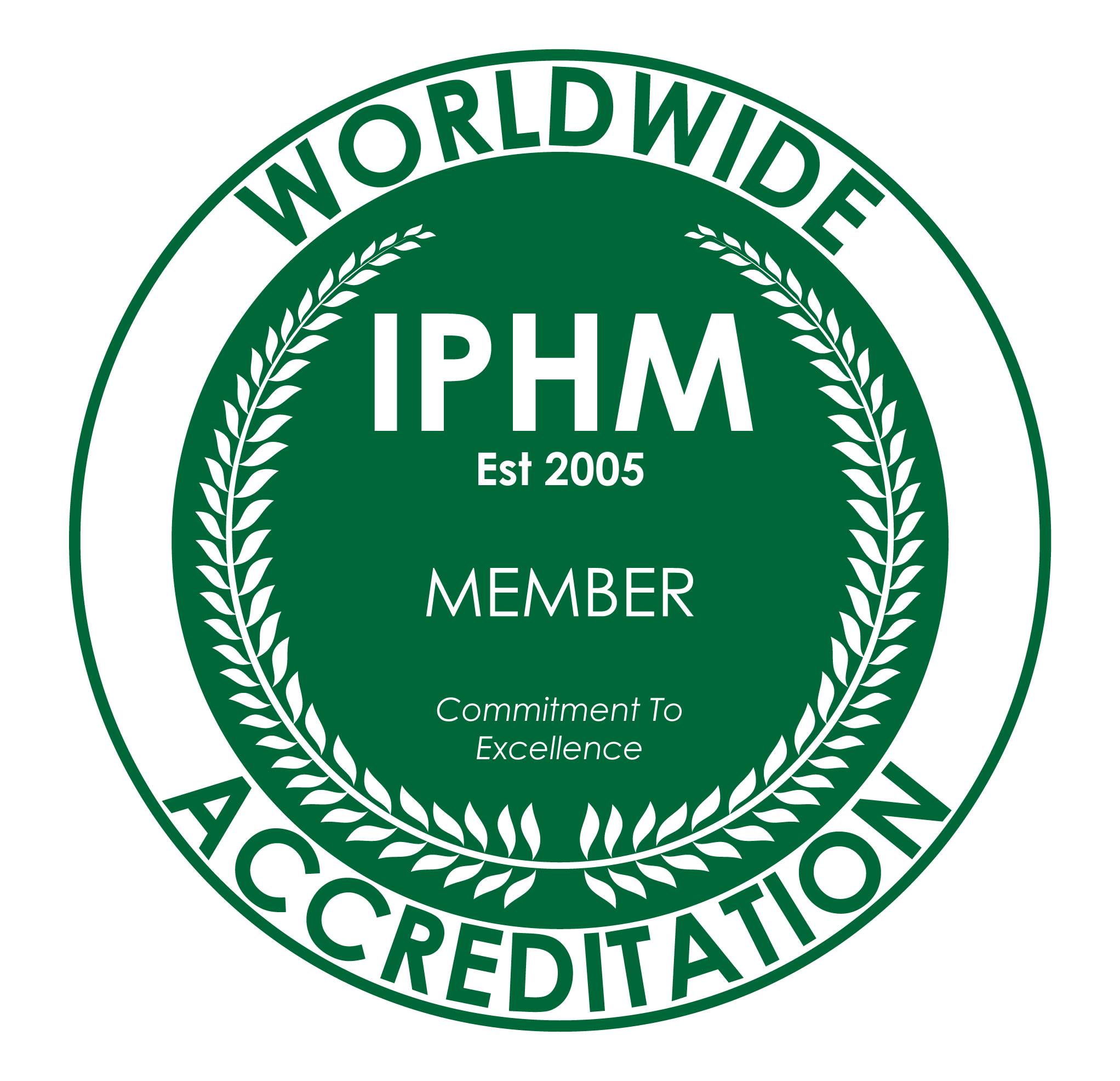How to Offer Love and Safety to Every Wounded Part of Yourself
Within each of us lives a collection of younger selves – the curious five-year-old, the passionate teenager, the hopeful young adult – all carrying their unique gifts, dreams, and sometimes, their wounds. In our rush to become productive adults, we often leave these parts of ourselves behind, pushing down their voices, dismissing their needs, and hoping their pain will simply fade away.
But here’s what I’ve learned through years of trauma-informed therapy work in Ireland and internationally: Our wounded inner parts don’t disappear when we ignore them. They wait, sometimes for decades, for someone to finally turn toward them with the love, understanding, and safety they’ve been craving.
As an Integrative Holistic Therapist specializing in somatic approaches and trauma healing, I’ve witnessed the profound transformation that happens when adults learn to become the loving parent their inner child always needed. This isn’t about regression or dwelling in the past – it’s about integration, wholeness, and healing that ripples through every aspect of your adult life.
Understanding Inner Child Wounds: A Trauma-Informed Perspective
What Are Inner Child Wounds?
Inner child wounds are the emotional injuries we sustained during our formative years that continue to influence our adult lives. These aren’t necessarily dramatic traumas – they can be subtle experiences of neglect, misattunement, or emotional unavailability that left us feeling unsafe, unseen, or unloved.
Common inner child wounds include:
- Feeling invisible or overlooked by caregivers
- Being criticized or shamed for natural expressions of emotion
- Having your needs minimized or dismissed
- Experiencing inconsistent love or emotional unavailability
- Being asked to care for adults’ emotional needs
- Living with family conflict, addiction, or mental health issues
- Feeling pressure to be perfect or achieve to earn love
The Science of Childhood Trauma and Development
Modern neuroscience has revealed how profoundly early experiences shape our developing brains and nervous systems. During childhood, our brains are like sponges, constantly adapting to our environment to ensure survival. When that environment feels unsafe or unpredictable, our nervous system develops protective patterns that can persist well into adulthood.
Key findings from trauma research:
- The brain’s threat detection system becomes hypervigilant after early trauma
- Emotional regulation skills develop through co-regulation with safe caregivers
- Attachment patterns formed in early relationships become templates for adult relationships
- Chronic stress in childhood can impact immune function, mental health, and lifespan
- The nervous system can heal and develop new patterns throughout life (neuroplasticity)
How Inner Child Wounds Show Up in Adult Life
Many adults don’t realize that their current struggles – relationship difficulties, anxiety, depression, self-criticism, or feeling “stuck” – may be connected to unhealed childhood wounds. Our inner child speaks through symptoms, trying to get our attention and care.
Adult symptoms of inner child wounds:
- Difficulty trusting others or forming secure relationships
- Chronic people-pleasing or fear of disappointing others
- Perfectionism and harsh self-criticism
- Feeling like an imposter or not truly belonging anywhere
- Difficulty identifying and expressing emotions
- Overwhelming sensitivity or emotional numbness
- Anxiety, depression, or unexplained mood swings
- Feeling responsible for others’ emotions or wellbeing
The Traditional Approaches vs. Trauma-Informed Healing
Beyond “Just Get Over It”
Traditional approaches to emotional healing often focus on cognitive strategies – understanding the past, reframing thoughts, or developing coping skills. While these can be helpful, they don’t address the somatic (body-based) impact of early trauma or the nervous system patterns that keep us stuck.
Trauma-informed inner child healing recognizes that:
- Healing happens in the body, not just the mind
- Safety must be established before processing traumatic material
- The nervous system needs regulation before integration can occur
- Healing is a gradual process that can’t be rushed
- Everyone’s timeline and process is unique and valid
The Role of Somatic Therapy in Inner Child Healing
Somatic therapy approaches work with the body’s wisdom to heal trauma at its source. Because childhood wounds are encoded in our nervous system and cellular memory, purely cognitive approaches often miss the deeper layers where true healing needs to occur.
In my somatic therapy practice across Ireland, I’ve seen how powerful it can be when clients learn to connect with their body’s signals and sensations. The body holds incredible wisdom about what happened to us and what we need to heal.
Somatic approaches to inner child healing include:
- Nervous system regulation techniques to create safety
- Body awareness practices to reconnect with internal signals
- Breathwork to process trapped emotions and energy
- Movement and embodiment practices
- Touch and boundary work (when appropriate and consensual)
- Grounding techniques to stay present during emotional processing
A Gentle Approach to Meeting Your Inner Child
Creating Safety First
Before any healing work can begin, we must establish a sense of safety – both in your external environment and within your nervous system. This isn’t just about physical safety; it’s about creating emotional and energetic safety that allows vulnerable parts of yourself to emerge.
Creating safety includes:
- Establishing regular nervous system regulation practices
- Learning to identify and communicate your needs
- Creating physical spaces that feel nurturing and protected
- Building relationships with safe, supportive people
- Developing skills to manage overwhelming emotions
- Learning to set boundaries that protect your energy
The Art of Self-Compassion
Self-compassion is perhaps the most crucial skill in inner child healing. After years of self-criticism or emotional neglect, learning to offer yourself kindness can feel foreign or even wrong. But self-compassion isn’t self-indulgence – it’s the foundation of all healing.
Self-compassion practices include:
- Speaking to yourself with the same kindness you’d offer a good friend
- Recognizing that suffering and struggle are part of the human experience
- Offering yourself comfort during difficult emotions
- Acknowledging your pain without trying to fix or change it immediately
- Practicing patience with your healing process
Meeting Different Wounded Parts
Inner child healing isn’t just about one “inner child” – we carry wounded parts from different ages and stages of development. Each part may need different things and may communicate in different ways.
Common wounded parts include:
- The Wounded Infant (0-2 years): Needs basic safety, nourishment, and gentle holding
- The Hurt Toddler (2-4 years): Needs permission to explore and make mistakes without shame
- The Rejected Child (5-8 years): Needs belonging, acceptance, and unconditional love
- The Overwhelmed School Child (9-12 years): Needs support, encouragement, and validation
- The Misunderstood Teenager (13-18 years): Needs respect, autonomy, and emotional understanding
- The Struggling Young Adult (18-25 years): Needs guidance, patience, and faith in their potential
Practical Inner Child Healing Techniques
Daily Check-ins with Your Inner Child
Developing a regular practice of connecting with your inner child can help you stay attuned to their needs and offer care throughout your day.
Simple daily practices:
- Morning check-in: “What does my inner child need today?”
- Midday pause: “How is my inner child feeling right now?”
- Evening reflection: “What did my inner child enjoy today?”
- Bedtime comfort: “What does my inner child need to feel safe tonight?”
Visualization and Dialogue Work
Gentle visualization can help you connect with and comfort wounded parts of yourself. This work should always be done slowly and with respect for your nervous system’s capacity.
Guided visualization elements:
- Imagining yourself as the loving adult your child self needed
- Creating safe, beautiful spaces where your inner child can express themselves
- Offering comfort items, words, or experiences your child self longed for
- Listening without judgment to what your inner child wants to share
- Making commitments to stay present and available to your inner child
Creative Expression and Play
Your inner child may communicate more through creativity and play than through words. Creating space for artistic expression, movement, or playful activities can be profoundly healing.
Creative healing practices:
- Art therapy and creative expression
- Movement, dance, or somatic experiencing
- Music, singing, or sound healing
- Nature connection and outdoor play
- Journaling or story writing from your child’s perspective
Navigating the Challenges of Inner Child Healing
When Emotions Feel Overwhelming
Inner child healing can bring up intense emotions that have been suppressed for years. It’s crucial to have tools for managing overwhelm and staying grounded during this process.
Emotional regulation strategies:
- Breathing techniques to calm the nervous system
- Grounding practices to stay present in your adult body
- Self-soothing activities that comfort your nervous system
- Professional support for processing difficult emotions
- Pacing the work to avoid re-traumatization
Working with Resistance
Sometimes parts of us resist inner child healing because it feels vulnerable or scary. This resistance is protective and should be honored, not pushed through.
Working with resistance:
- Acknowledging and thanking the protective parts
- Going slowly and respecting your system’s timing
- Working with a trauma-informed therapist when needed
- Focusing on building safety before pushing for breakthroughs
- Understanding that healing isn’t linear or predictable
The Integration Process: Living with a Healed Inner Child
How Inner Child Healing Changes Your Adult Life
When we offer genuine love and healing to our wounded inner parts, the changes ripple through every aspect of our adult lives. You may find yourself more creative, spontaneous, and joyful. Relationships often become more authentic and intimate. The constant inner criticism may soften into gentle self-compassion.
Changes you might notice:
- Increased emotional resilience and regulation
- More authentic relationships and better boundaries
- Enhanced creativity and sense of play
- Reduced anxiety, depression, or mood swings
- Greater self-trust and confidence
- Improved physical health and energy
- A sense of wholeness and integration
Maintaining the Relationship with Your Inner Child
Inner child healing isn’t a one-time event – it’s an ongoing relationship with the younger parts of yourself. Like any relationship, it requires attention, care, and consistency to thrive.
Ongoing inner child care:
- Regular check-ins and emotional attunement
- Honoring your need for play, creativity, and joy
- Protecting your inner child from harmful relationships or environments
- Celebrating your growth and healing milestones
- Seeking support when you feel stuck or overwhelmed
A Guided Journey for Inner Child Healing
Understanding inner child healing intellectually is just the beginning. True transformation happens through embodied experience, through actually connecting with and offering love to your wounded parts.
I’ve created a comprehensive guided meditation specifically designed to help you safely connect with and heal your inner child using trauma-informed, somatic approaches.
This gentle healing journey includes:
- Creating a safe, sacred space for emotional processing
- Meeting your wounded inner child with infinite compassion
- Offering the specific love and understanding your child self needed
- Integrating your healed inner child into your adult consciousness
- Practical tools for ongoing inner child care
Finding Professional Support for Inner Child Healing
While self-guided practices can be incredibly healing, working with a trauma-informed therapist can provide the additional safety and support needed for deeper healing work. This is especially important if you’re dealing with significant childhood trauma or finding the process overwhelming.
When to seek professional support:
- You feel overwhelmed by emotions during inner child work
- You have a history of significant childhood trauma or abuse
- You’re experiencing symptoms of PTSD or complex trauma
- You feel stuck or unable to access self-compassion
- You want guided support through the healing process
As a trauma-informed somatic therapist working both in Ireland (Dublin, Naas, Newbridge, Kildare) and internationally online, I specialize in gentle approaches to inner child healing that honor your nervous system and respect your pace.
My approach includes:
- Nervous system assessment and regulation
- Somatic experiencing and body-based trauma therapy
- Parts work and internal family systems approaches
- Family constellation work to understand systemic patterns
- Integration of multiple healing modalities
Ready to begin your inner child healing journey?
- Explore guided meditations at www.blissfulevolution.com
- Learn about trauma-informed somatic therapy at www.somatictherapyireland.com
- Discover family constellation approaches at www.familyconstellationseurope.com
Remember: Every wounded part of you is worthy of love, understanding, and healing. You have the capacity to become the loving parent your inner child has always needed, and in doing so, you’ll discover a wholeness and joy you may have forgotten was possible.








